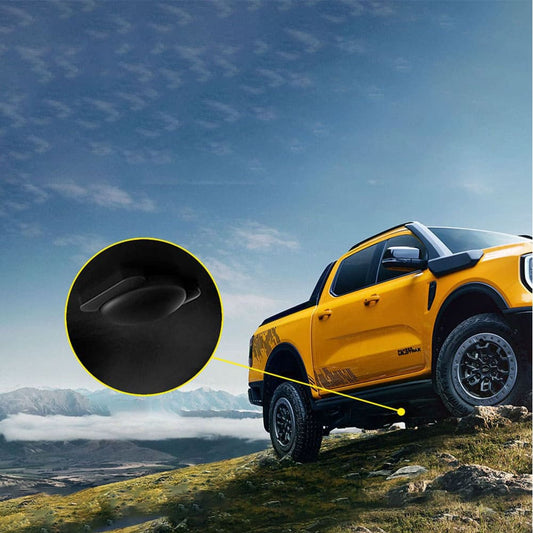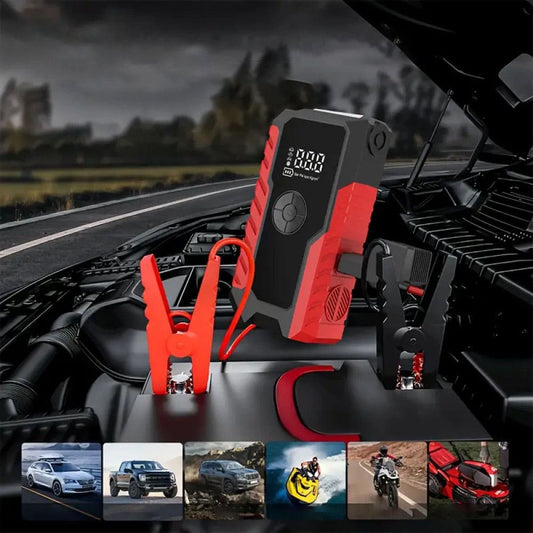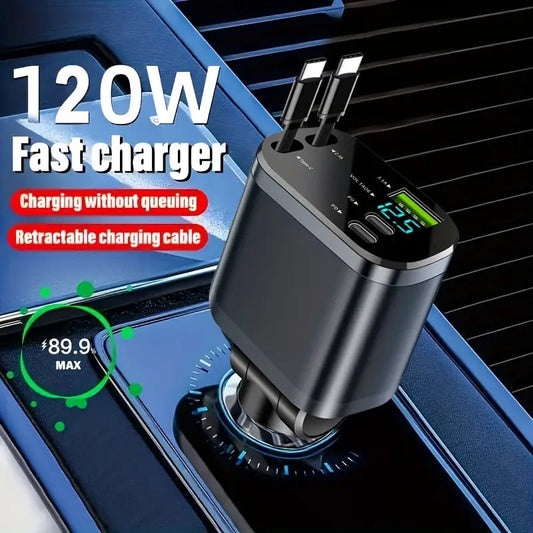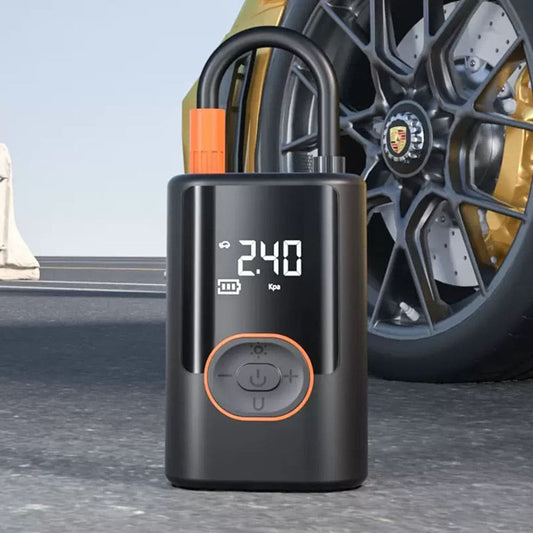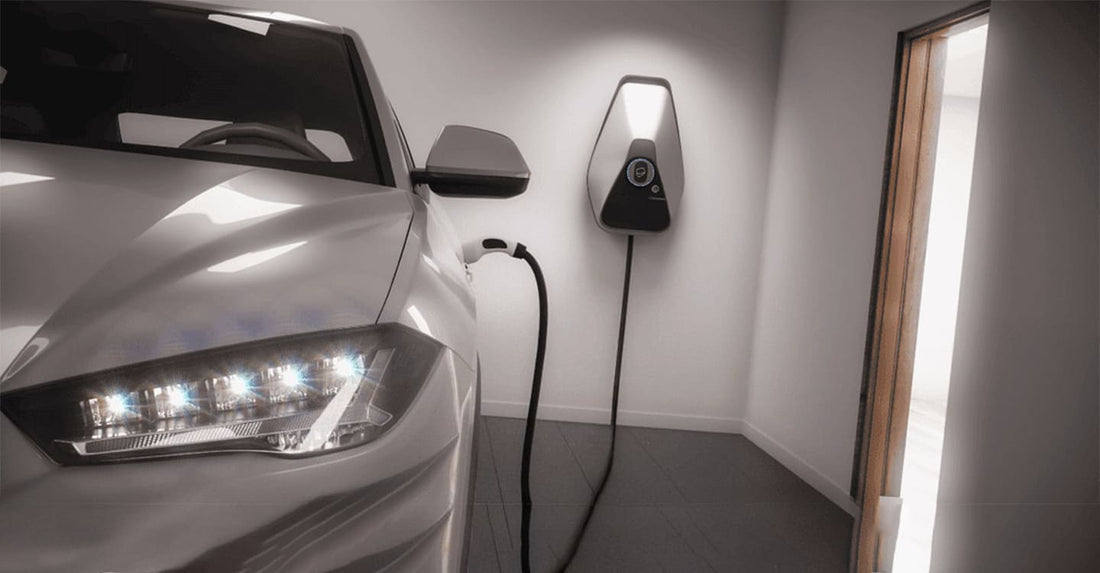
10 Essential Electric Car Parts You Should Know
Share
Electric vehicles (EVs) have revolutionized the automotive world by using a completely different set of components compared to traditional gasoline-powered vehicles. Understanding the primary parts that make up an electric car can provide insights into how these advanced machines deliver high performance, low maintenance, and eco-friendly driving. Here are the essential components that power every electric vehicle:
Battery Pack
The battery pack is the heart of an EV, storing the energy needed to power the motor and other car systems. Most modern electric cars use lithium-ion batteries, which store electricity and determine how far the car can travel before requiring a recharge. A high-capacity battery means greater range, reducing the need for frequent recharging.
Electric Motor
The electric motor transforms electrical energy into mechanical energy that drives the wheels. EV motors are known for their efficiency and the ability to provide instant torque, resulting in quick acceleration. Unlike internal combustion engines, electric motors have fewer moving parts, which means less maintenance over time.
Inverter
The inverter is a vital component that converts the battery’s direct current (DC) into alternating current (AC) for the motor. Additionally, it plays a role in regenerative braking, converting AC back into DC to recharge the battery. The inverter ensures that electrical power is efficiently managed within the vehicle.
Charging Port
The charging port allows you to plug the EV into charging stations to refill its battery. Depending on the EV model, it can be located at the front, rear, or side. Different types of charging ports exist based on standards like Type 1, Type 2, and CCS, affecting the speed and compatibility with various charging stations.
Onboard Charger
The onboard charger converts AC power from the charging station into DC, which the battery can store. It also regulates the charging process to prevent damage to the battery and ensures efficient power transfer. The onboard charger is a key factor in how quickly the vehicle can be charged at home.
Regenerative Braking System
Electric vehicles use regenerative braking to recover energy when the vehicle slows down. Instead of wasting energy as heat like traditional braking systems, regenerative braking captures this energy and stores it back into the battery, improving overall efficiency and reducing brake wear
Thermal Management System
To ensure the optimal functioning of the battery and motor, the thermal management system keeps these components at a safe temperature. It prevents overheating through methods like liquid cooling and heat pumps, ensuring consistent performance under various weather conditions.
Power Electronics Controller
The power electronics controller is essentially the brain of the EV’s electrical system. It controls the power distribution to the motor, based on accelerator input, and manages the regenerative braking. This component ensures the smooth interaction of all electrical systems within the vehicle.
Reducer (Gearbox)
The reducer adjusts the high-speed operation of the motor to the lower speed of the wheels, using a fixed gear ratio. Unlike traditional vehicles that require multi-speed transmissions, EVs use a single-speed gearbox due to the broad power range of electric motors.
DC/DC Converter
The DC/DC converter steps down the high voltage from the main battery to a lower voltage to power accessories like lights, infotainment systems, and power windows. It also keeps the 12V auxiliary battery charged, ensuring that standard vehicle features continue to operate smoothly.

